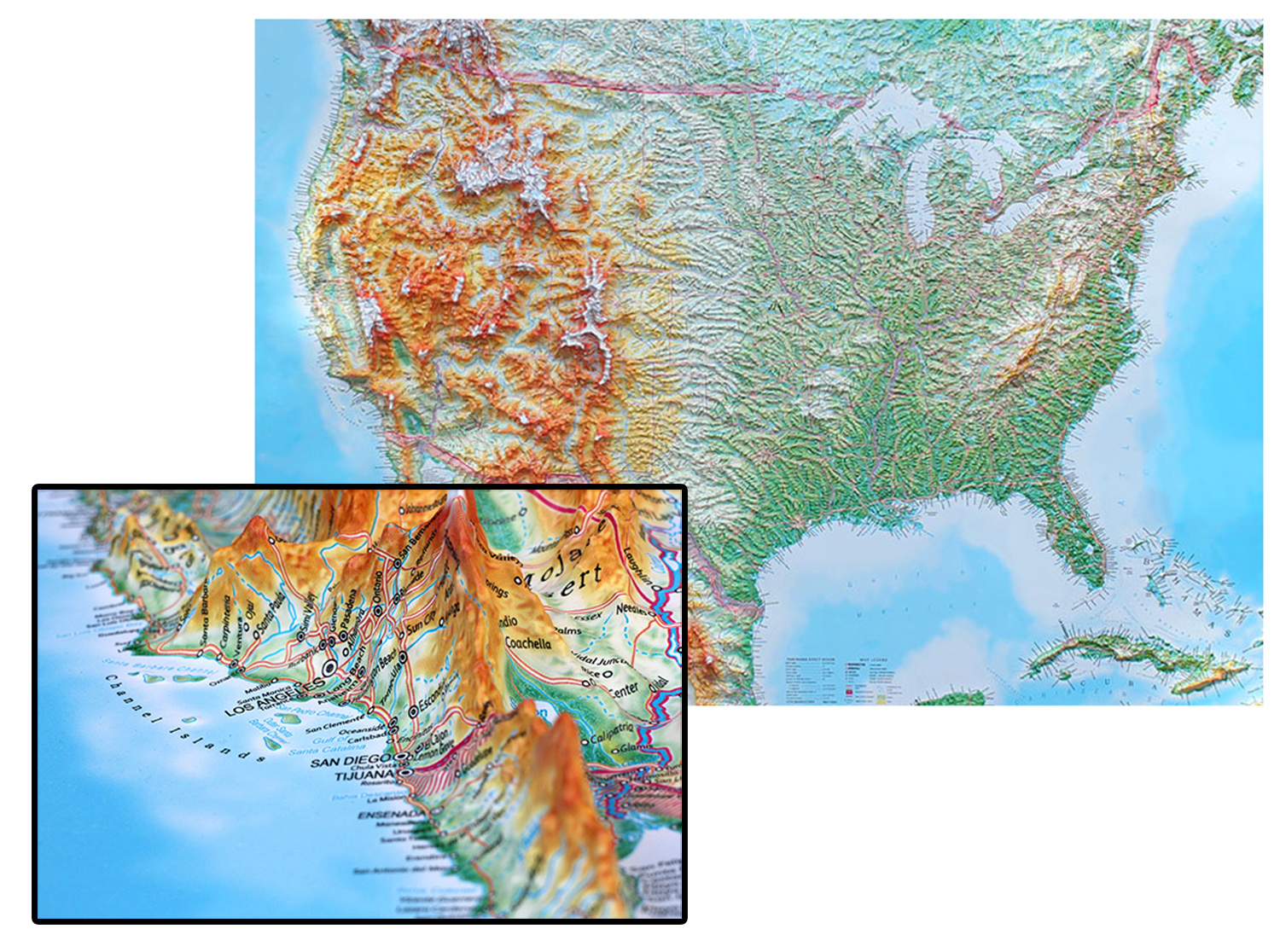
Impatient to learn the result of the US presidential election, you decide to write an algorithm to predict the outcome. To do so, you will call registered voters and ask them to provide some information about how they will vote. Unfortunately, since each phone call costs time and money, you can't afford to call every voter. Instead, you decide to use your Monte Carlo skills from 15-462 to make a reasonable prediction from a much smaller set.
Question 1
First you call N random voters, each of whom dials 0 to indicate they will vote for Clinton, and 1 to indicate they will vote for Trump. If X1, X2, ... XN are the dialed values, what percent of the popular vote will go to Donald Trump?
Question 2
In the final 24 hours of the election, lobbyists convince the U.S. congress to make a dramatic change to the way votes are tallied: the traditional electoral college system has now been replaced with an (equally arbitrary) system where the significance of each vote is now determined by the altitude at which each voter lives. (Sorry Florida!) Suppose that you now have a list of altitudes A1, A2, ..., AN corresponding to the list of voter choices above. Based on what we talked about in the "Variance Reduction" lecture, how would you modify your answer to Question 1 in order to make more efficient use of samples (i.e., telephone calls)? Why?